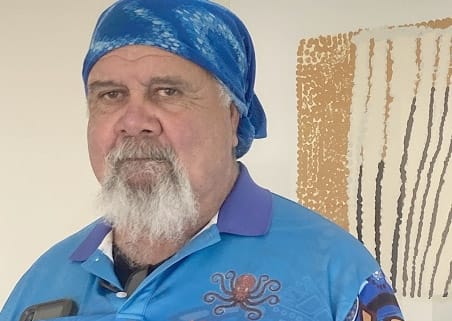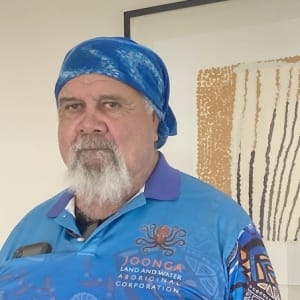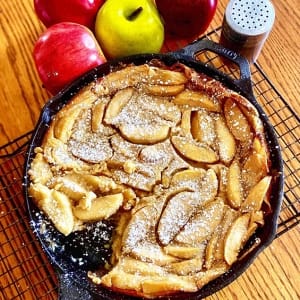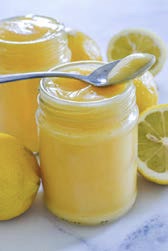Wally’s story
Picking up Wally Stewart’s story where we left off in the July issue of The Triangle …
The family moved from the Bermagui River encampment to Narooma in 1958, where Wally’s sister Susan was soon born. Two years later Wally was born, the youngest of ten children.
Their house on the Narooma Flat was a short walk to the Wagonga Inlet and one of Wally’s jobs was to walk over to the sandflats and collect a bucket of bimblers (cockles) once a week. The bimblers and other seafood were abundant then and Wally can remember feeling them in their hundreds beneath his feet as he walked across the flats. Bimblers were considered medicine food, good for diabetes and high blood pressure, and his mother Suzie cooked them up in a delicious curry gravy.
That situation changed in the 1990s when Fisheries allowed commercial hand gatherers to exploit the inlet’s seafood and it was rapidly fished out. But back in the 1960s, there was always plenty of seafood to eat and they would even eat fish for breakfast if times were tough. ‘We used to go to school, trading prawn sandwiches and lobster sandwiches for kids with Vegemite and peanut butter sandwiches.’ All the kids went to the local schools and ‘… we had to put up with all the redneck attitudes when we were kids’.
Wally would earn pocket money by diving for golf balls in the gap below the cliffs at the Golf Club. ‘I’d get up early, ride my bike to the golf course to dive for golf balls before going to school. Then get dressed and go to school with wet undies. And, as soon as school finished, I’d go back down the gap.’ The balls were sold through the Golf Club Pro Shop.
Wally’s two older brothers went fishing on the tuna boats and Wally left school early. He hadn’t asked to leave school but one of the teachers came around with a form allowing him to leave school at the minimum age. ‘They had it ready for you when you turned fourteen years and nine months. A standard procedure, I think. That was just the assumption for black kids.’
Wally, like his father George, is a Walbunja man and a traditional owner. He had a commercial fishing licence and a lobster pot licence. He also worked the lakes – his father had taught him how to hang and make nets. He had a good life and a good business – ‘Fishing was just in our blood. We were just fishermen. Our fathers were fishermen and it just went down the line. Most of the Aboriginal people on the south coast can fish.’
His life was upended in 1986 when his first partner was killed in a car accident, leaving him with a toddler and a very sick baby to care for. In the aftermath of that he floundered, went bankrupt and struggled until his sister offered to look after the children, urging Wally to go to Monash University, where he enrolled in Aboriginal studies and photography. It was there that he met his wife of thirty-five years – Yvonne, a Bundjalung woman.
Wally and Yvonne lived in Byron Bay, Yvonne’s country, for twenty years while she helped her aunties with a successful native title campaign before they moved back here nine years ago. They have six children between them, all of whom consider themselves at home in Narooma and in Byron Bay.
They now have a successful business down here, maintaining their cultural connections while generating training and employment for many young people. They run cultural tours on Wagonga Inlet with local Indigenous tour guides, educating people about cultural practices and the impact of colonisation on the local people.
Colonisation changed everything for Aboriginal peoples and the injustices keep rolling on but Wally, ever the optimist, says, ‘We can’t change that but we can make a difference now’.
Thank you so much Wally for your remarkable generosity and patience in sharing your family history with me and
The Triangle readers.



